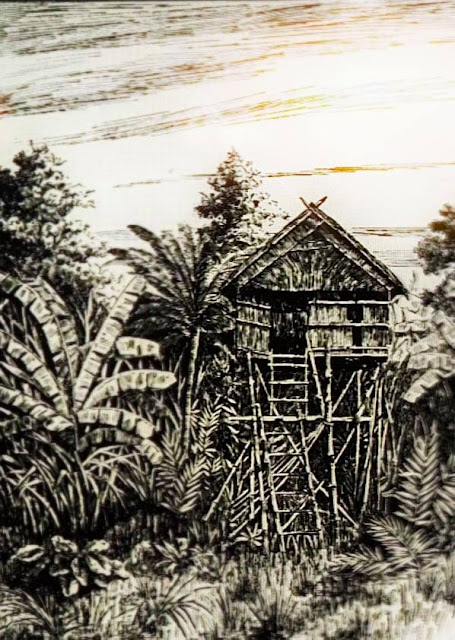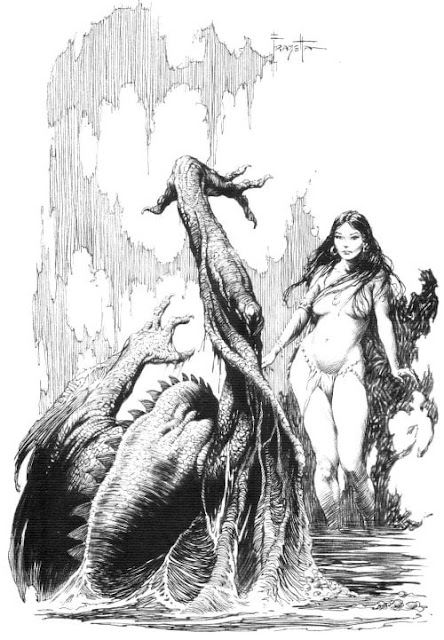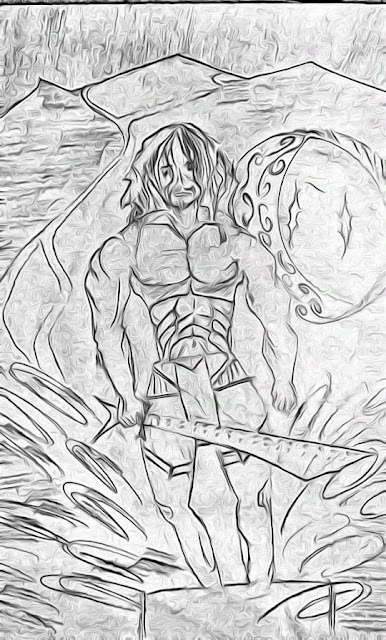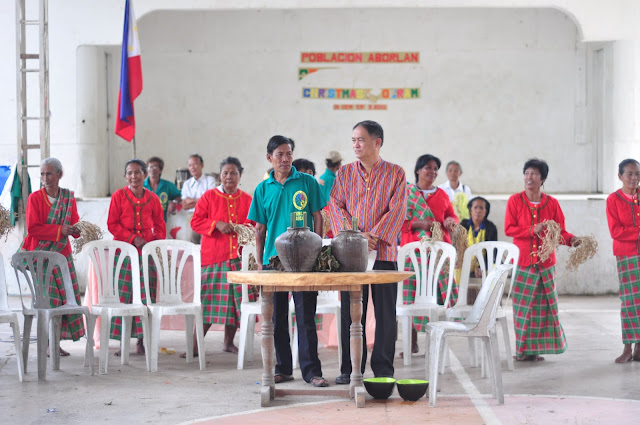The Tagbanua: History of Inagawan
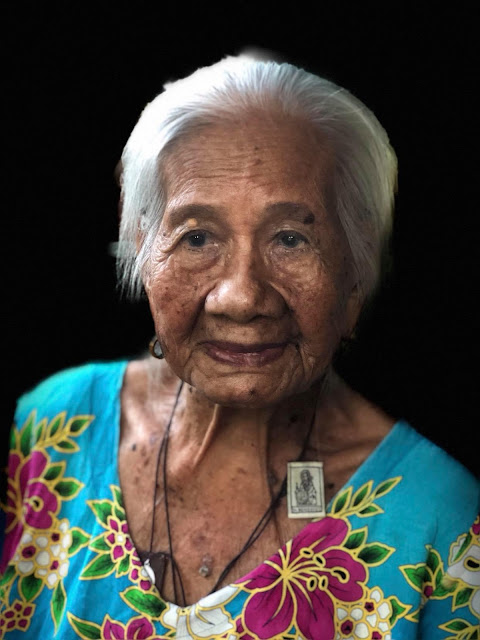
Inagawan is an idyllic locale situated a few miles away from Puerto Princesa City in Palawan. The area used to be the seat of the Tagbanua Masikampo until it was moved to Aborlan. This is the place where Saint Ezequiel Moreno first met and baptized Patula (Manuel/Maning), the ninth Masikampu of the Tagbanua. Due to frequent Moro raids during that time, the Tagbanua used to call it “Riyumpakan” which roughly translates to “trampled on”. There are two classes of Tagbanua reside nts of Inagawan. The Matnoranun (from Matnor river) are called Daya’nun which meant people living on the mountains. They are agricultural people and known to be rich by Tagbanua standards. The Inagawnun or Laut’nun live on the valley and are the more civilized of the two. Inagawan has produced prominent personalities like Senator Ramon Villarosa Mitra and Jose Nolledo. For the Tagbanua, we take pride with the history of our ancestry. We honor and give recognition to our very own- Apo Felisa Sar...

